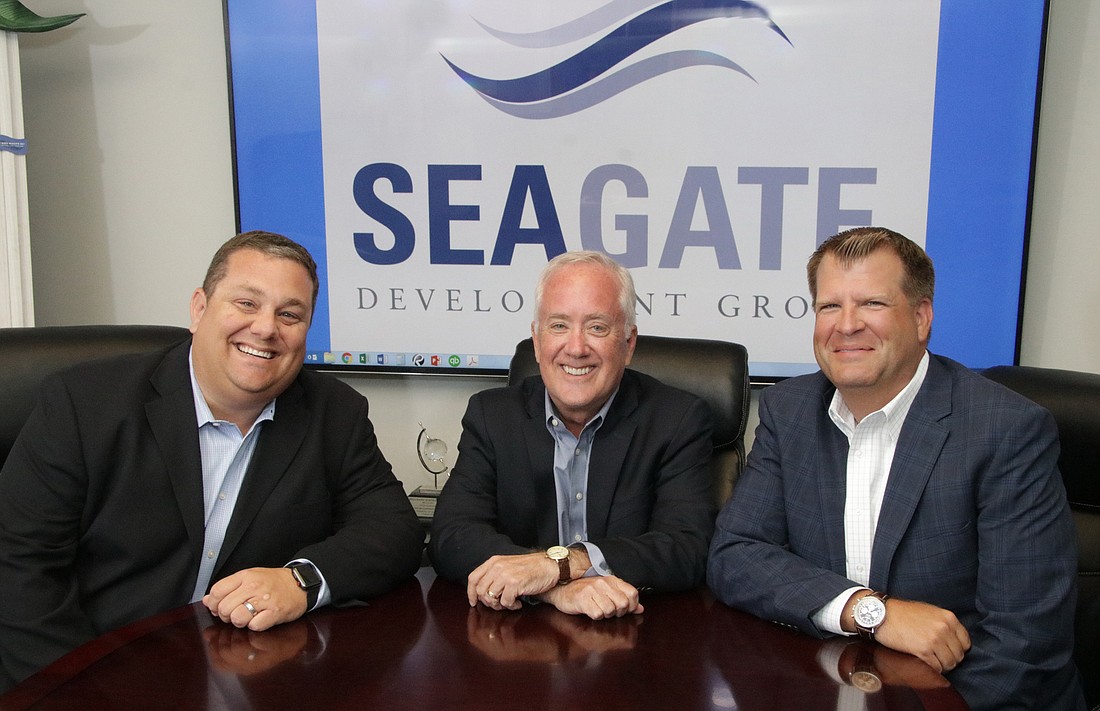- December 13, 2025
-
-
Loading

Loading

The three founders of Seagate Development Group in Fort Myers launched the business in 2015 with a strategy that allowed the company to hit nearly $50 million in annual sales by year three.
The key to the strategy? A customer-centric philosophy that profit will follow service.